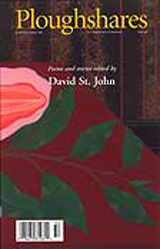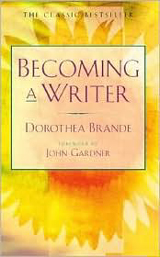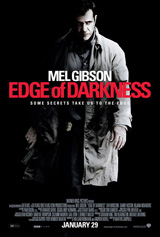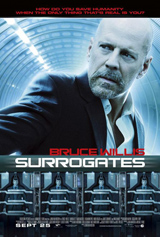For yesterday afternoon’s screenwriting class, we had a guest speaker: Trainspotting author Irvine Welsh, currently on a book tour for Crime. Unexpectedly for a writer of his cult stature, he didn’t just show up to be interviewed by Antonia, with whom I believe he’s currently working on a screenwriting project, or answer questions from the class, although he did that, too. (Sample question, paraphrased: “How did you accurately capture what it’s like to take heroin?” Answer: “Personal experience.”)
Rather, working from the theme of “story,” Irvine came prepared with a lecture, a group exercise that demonstrated the collaborative nature of screenwriting, and a writing prompt that I thought I’d share.
There’s no such thing as writer’s block, Irvine said. He’s always working on more than one project, so if something isn’t working, he can move on to something else. Or a writing exercise, like this one, can get the juice flowing again (no pun intended):
Divide a sheet of paper into four quadrants. In the first rectangle, write down your favorite color. Then write a couple of sentences describing a person wearing an article of clothing of that color.
In another rectangle, write down an animal. Then write a couple of sentences describing what the animal looks like. If you chose a dog, for example, what kind of dog is it? What color is it? How big or small is it?
In the third rectangle, choose a place. This could be very specific (your grandmother’s tomato plot) or broad (a metropolis). Describe the place.
Finally, choose an event. Any event. Could be a major occasion like a graduation or wedding or a minor occurrence like a fender bender.
Now, take 20 minutes and incorporate these four elements into a story that is at least six paragraphs but no more than eight.
Why we needed to do this exercise on oversized sheets of paper, or divide the page into four parts, for that matter, isn’t clear. And generating brand-new material on the spot is always intimidating.
But I enjoyed this exercise. It felt good to be producing work under pressure again. Here’s what I came up with, with some additional polishing this afternoon, and I may have cheated by putting all the dialogue together in the second-to-last graph:
Richard hoisted himself out of the cab and paid the driver, tipping him with unusual generosity. He pulled on his pants, tight now around the waist, so the cuffs dropped back down over his ankles, brushed the wrinkles out of his musty suit jacket, and straightened his tie. Although traffic was slower than during the week, gusts of air from passing vehicles pushed at his back. He took a deep breath and looked up at the bell tower, then walked toward the church. The service was over. Other congregants—touching each other and smiling—were already filing into the reception. He was met at the door with a warm hug.
“Are you a friend of Miriam’s?” asked the young woman greeting the arrivals. She wore a yellow dress—Miriam’s favorite—and could have passed for Miriam herself.
Richard nodded. The mood was buoyant, but he was too overwhelmed to risk trying to speak. Inside, he signed the guestbook and nodded silently at more of Miriam’s friends and relatives. He pulled a card from his suit jacket pocket and put it in the basket. He hadn’t known how much to put inside and had settled on twenty dollars. Children in tiny suits and ruffled dresses chased each other among the tables. Loved ones separated too long by too many miles embraced and asked after spouses, children, jobs, vacations. Laughter burst from pockets of people like roman candles.
The pastor tapped his glass with a knife, bringing the room to order, and led the group in prayer. After “amen,” he said, “Would anyone care to say a few words?”
Richard stood. Conversations petered out, and the room groaned with chair legs scraping the floor as the guests turned to stare at a man no one else knew.
“When I first met Miriam,” he said, clearing his throat, starting again. “When I first met Miriam, she had just moved to the city.” A few small smiles encouraged him to continue. “It was raining, but she wanted to ride a horse.” Quiet, knowing chuckles at the homesick farmgirl. “I suggested she come back another day, when the weather was nicer, but she insisted she needed to ride right then and there.” He looked down at his glass, remembering the tiny young woman in cowboy boots and blue jeans, hair pulled back in a ponytail, brown bangs plastered to her forehead. “I picked out a gentle Welsh pony for her, but she had other ideas—” Snorts of laughter interrupted Richard’s story. He waited, gaining momentum. “She pointed out Big, a big, brown, spirited quarterhorse that I didn’t usually let clients ride.” Heads nodded. “I said, ‘Are you sure?’ She said, ‘Oh, yes, I’m sure. That’s the one.’ Well, she threw her leg up on ol’ Big and trotted away through the rain in a bright yellow slicker.”
Richard blinked away tears. “I’ll miss you, Miriam,” he said, raising his glass to the portrait displayed at the front of the room. “Rest in peace.”
color: yellow
animal: horse
place: city
event: funeral







